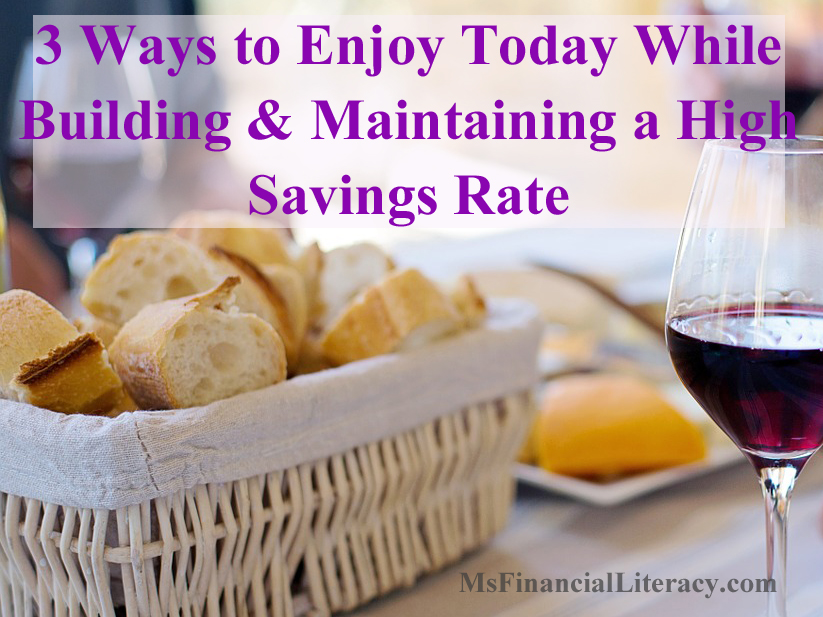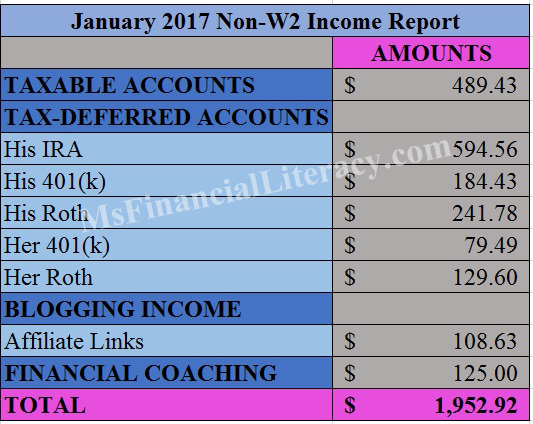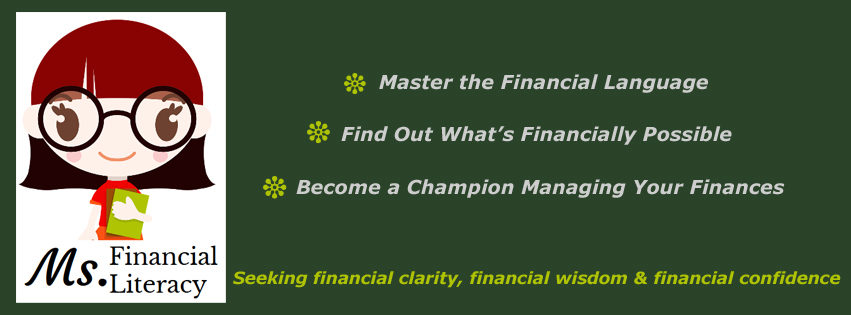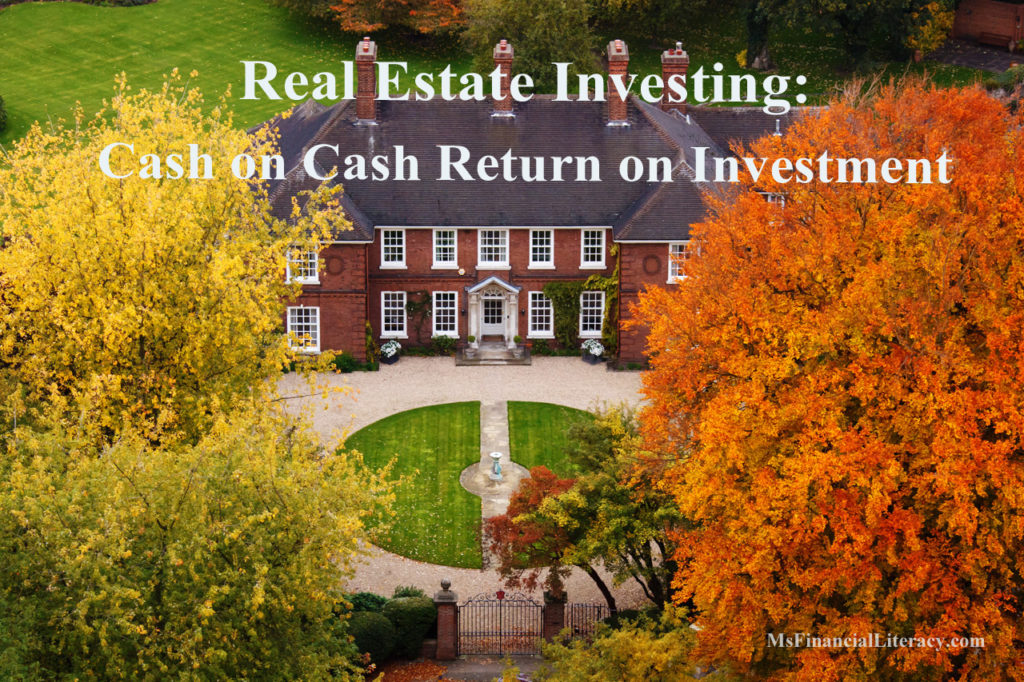On the Path to Financial Independence
As you work toward your financial goals, does it sometimes seem like you’re sacrificing too much today just so you can have a better life tomorrow?
If that’s the case for you, you might be having mixed feelings. I know I’m too familiar with these feelings. A bunch of high days were mixed in with a bunch of low days. There were times when I wished my days away as I eagerly waited to taste the life of having reached millionaire status. During those periods of time, I was not living in or enjoying the present moment. I did not want to spend any money other than the absolute necessary. All I focused on was reaching the million-dollars goal. In that process, I neglected myself in many ways. I went through emotional struggles and have shed lots of tears.

The path to financial independence is not an easy one. There’s no shortcut. Even those who are very disciplined and hardcore (with high savings rates) still take anywhere from 7 to 20 years to get there.
For some of us, we’re okay taking our time. A 20-year horizon is not so bad. For some of us, even a two-year time frame is almost unbearable (and each of us have our own reasons). If you’re in the latter group, sometimes, it’s easy to get into the danger zone of depriving ourselves when we think we’re only being frugal (the gray area between being frugal and feeling self-deprived can be blurry).
When prolonged self-deprivation is left unnoticed, we could be putting our health and our financial plans in jeopardy. Not only is self-deprivation unhealthy, this behavior can lead to the resentment of oneself and others who are in the same team as you (such as your spouse and/or children).
Recently, I caught myself going down the self-deprivation slope. My emotions were strong. In this article, I’m sharing my story. I also recommend three ways for you to stay on course to reach your savings goal without going into self-deprivation mode.
Continue Reading





